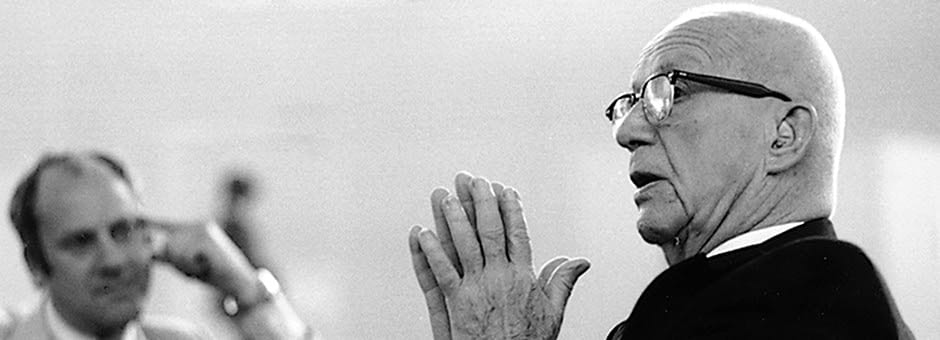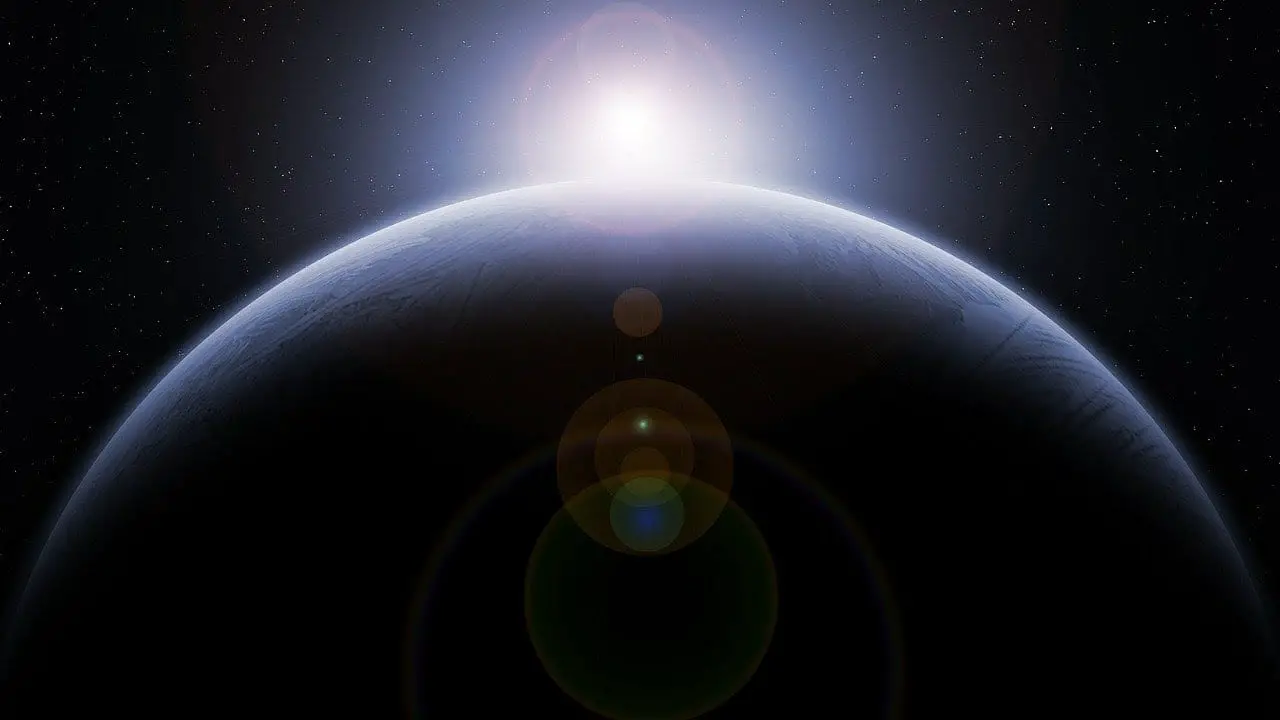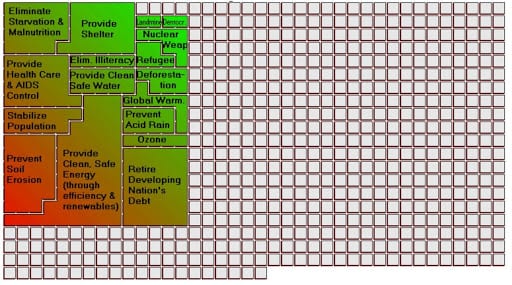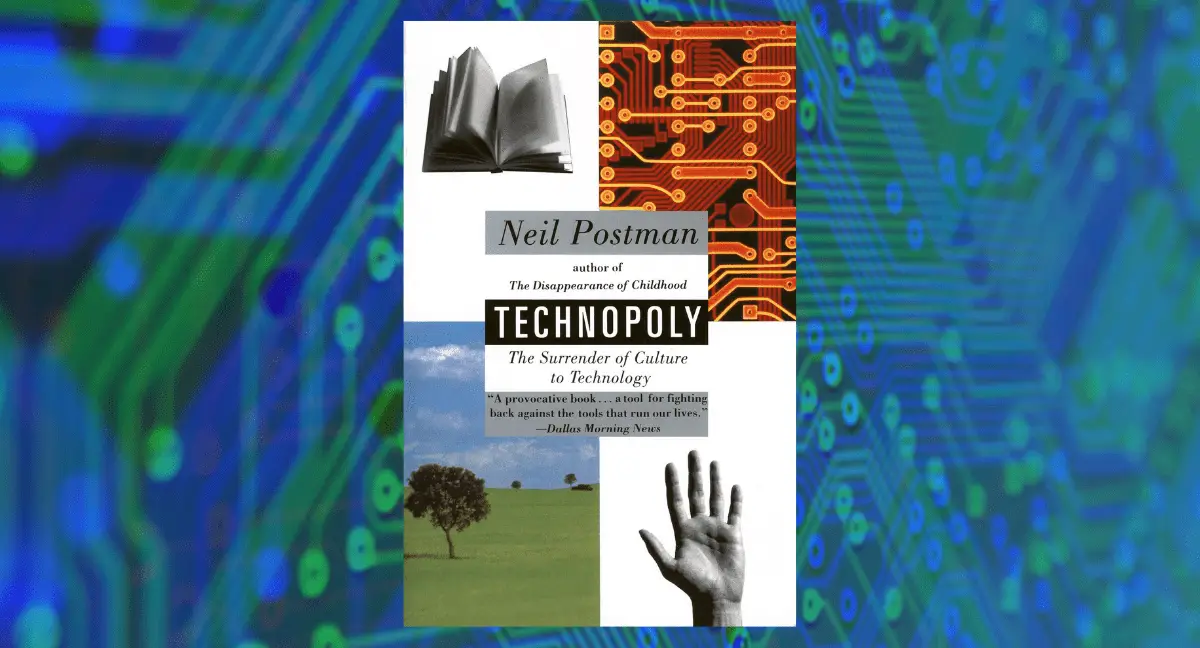A Glimpse into the Work of the Multi-Dimensional Futurist
Perhaps no man of the twentieth century embodied the wholesomeness of the universe more thoroughly than Buckminster Fuller.
Inventor, architect, mathematician, spiritualist, educator, author and futurist, Fuller led a famously frantic life. Brimming with zeal, his mind consistently spilled over with theories of all-embracing connections. His geometries weaved the entire universe into a singular ever-fluctuating organic machine.
I look for what needs to be done. After all, that’s how the universe designs itself.
Not exclusively a conceptualist, Fuller sought to extend his theories into constructions that were immediately practical to humanity. Foremost, he is remembered as an architect and educator, a legacy he would warmly embrace. His priority was to comfort the human experience, thus establishing more efficient modes of living, utilizing energy more effectively and improving the pursuit of knowledge.
He preached to appreciate the richness of cosmic existence. To savor the infinite wealth of surrounding resources, and our special place within it.
And most importantly, he wanted to imprint the world with generosity. Not per an external imperative, rather as a completion of our internal “spiritual rent”. Human ingenuity is our greatest gift as a species. Fuller dedicated his life to optimizing what to do with it.
We are All Crew Members of SpaceShip Earth
He always stared forward. Hurtling through space at 60,000 miles per hour on the rocketship he called “Spaceship Earth”, he acknowledged the fleeting preciousness of each moment. Every instance constantly in flux, every moment optimized for maximum output. The future, not an abstract concept rather a realizable event through applications of inventiveness.
My lifetime has been one of emerging from the womb of human-being remoteness from one another to comprehensive integration of worldaround humanity.
Buckminster Fuller lived to be 88, publishing over 30 books, acquiring 28 patents and 47 honorary doctorate degrees. He circled the circumference of his beloved 24,901-mile world several times over giving lectures in 3 dozen countries. He infamously slept less than 6 hours a day, tracking his sleeping habits in his time-zone hopping diary/scheduler. He self-reportedly made $250,000 a year and spent $250,000 a year, utilizing every bit of his income to cover research and developmental costs and travel expenses. He eschewed personal wealth and dreaded investors seeking profit. His salary was paid in the betterment of the earth. He championed women’s rights and educational reform. Between this he also appeared in a few theatre performances, maintaining close friendships with the likes of John Denver, John Cage and Valerie Harper.
Exhausted? His work ethic was an ever-bursting stream of visionary progress. Nearly 40 years after his death, his considerations are more pertinent than ever.
Fuller was an autodidact. He learned by thinking and acting on his own initiative. He was a great believer in what the individual human being, alone in the universe, could accomplish on his own without the benefit of corporate largesse.
Buckminster Fuller Creates the Geodesic Dome
Buckminster Fuller’s most popularized creation summates the futurist’s philosophies into a single beautiful structural form. It has now been reproduced over 30,000 times, with uses ranging from South Pole Research stations, industrial factories to amusement parks. Perhaps the most celebrated example is the SpaceShip Earth dome at Epcot in Walt Disney World, the namesake a direct allusion to Fuller’s rocketship earth.
The construction reflects the core of his philosophies: a unitary, singular creation resting as a whole of geometric amalgamation. The dome was created by projecting a sphere onto a two-dimensional map, subdividing the support network into triangles and folding the structure through a series of struts that would remain adjacent yet never touch. The construction proved to be quite hardy. A model of 65 pounds could withstand 6 tons of force. The military tested the structures by flying pre-assembled models tethered to helicopters with no fracturing occurring. The construction of the structure also has the benefit of speed. One could be assembled and disassembled in a matter of days.
Fuller’s creations always reaffirm his two underlying themes; unity and energy. Unsurprisingly, the Geodesic Dome is no exception. Fuller described the space in the interior of the dome as a ‘microcosm’ resting in the ‘macrocosm’ of its environment. An energy exchange occurs between the two. Energy accumulates within the dome and forms an insulated micro-climate, much like an igloo. Fuller envisioned that the dome could span gardens, conventions, perhaps even whole towns. His visions weren’t far off. There is now a dome on the south pole.
To find order in what we experience we must first inventory the total experiences, then temporarily set aside all irrelevancies. I did not invent my thoughts. I merely separate out some local patterns from a confusing whole. The act is a dismissal of pressures. Flight was the discovery of the lift- not the push.
Creation of The World Game
Fuller famously mused if we ejected all of politicians, bureaucrats and bloated institutions into space, the world would not run any less efficiently but perhaps even better than before. Fuller saw the power in the “global citizen”. The individual worker enlightening themselves and optimizing their betterment as a co-passenger on Spaceship Earth.
Through the World Game Institute, which has transferred hands but remains active in New Haven, Connecticut, Fuller laid the groundwork for a world-budget optimization. The simulation draws from global military expenditures and offers avenues of repurposing the funds into humanitarian and ecological improvements. There is no way to win the game. Instead, it’s played as a reiterative process until the model reaches an ideal state. The engine remembers the ill-chosen moves and alerts the player if their optimization leads closer to war. If there is a weapon strike, the game is lost.
While the game itself has not reached major prominence, occasionally serving as a tool in a handful of educational institutions, it serves as a prominent embodiment of Bucky’s hope for global renaissance. By calling such efforts a “game”, he enables inclusive participation and empowers people to leave their mark. Perhaps even more powerfully, Fuller invigorated individuals to take on the challenges of institutional reform. His positions that idealisms could become the reality.
Whenever interviewed, Fuller refused to accept that he was an outlier of intellectual ability but rather an ordinary citizen. The only exception was his fortune in untapping what he could provide.
Education is Information
It is very clear to me that when children stand up, breathing and coordinating exquisitely complex patterns by themselves, get their own balance and start drinking in the patterns of cosmos and weather, they are spontaneously interested in coordinating the total information-the total stimulation.
Fuller’s teachings, whether in their poetic spiritualism or heady technicalities (typically both) reflect systems. Systems of geometry, architecture, energy and humanity all tangled into the same net of existence. Education was the rope that thread it all together. Not a surprise he spent the majority of his late career as a lecturer. If information was enlightenment, delivery of the information was the most essential component.
By the mid 1960’s, Fuller theorized that education would become the largest industry of the next century. Avenues of information systems would entangle the whole globe, with technology enabling newfound inclusion. He projected “two way TV communication devices” that would comprehensively democratize access to information. He advocated we should start with the young. Children absorb their most vital perspectives before the age of ten. Similarly to introducing a new language at a young age, the rhetoric of computers should be introduced as early as possible.
Furthermore, he insisted educators of young children should be paid and respected more than the specialized experts of academia. The malleable nature of the young and the potential for their formation into the best participants of society meant early childhood educators warranted the most esteem.
Buckminster Fuller’s visions of educational information access transcended into theories of global data enlightenment. He offered hopes of refurbishing our vital institutions into a more networked world, before the networked world even arrived. An illuminated globe, linked through its complexities and dedicated to self-betterment.
And us, liberated from labor for laborers sake. Staring out into the universe, desiring to learn its workings, its form and our best functioning within it. Not hunting for money but for a better tomorrow.





